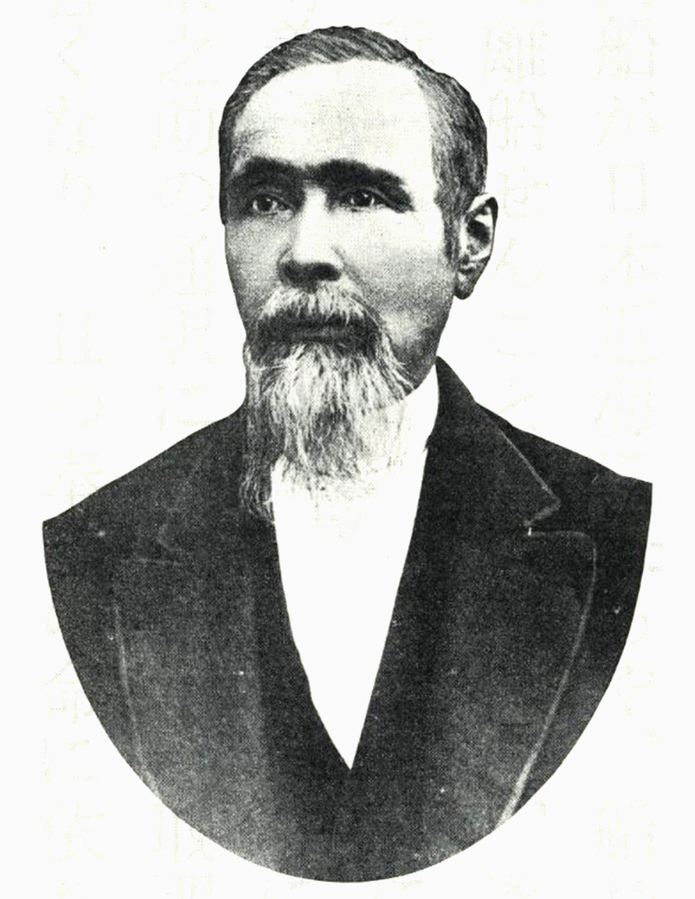Marriages of convenience between the men who worked for the Hudson’s Bay Company and Indigenous women were common in the Pacific Northwest. Marrying into a noble native family, however, was rare. One such coupling occurred between Archibald MacDonald and Chinook Chief Comcomly’s daughter Raven, or in her native tongue, Koale’zoe.
Little is known about Koale’zoe since she died shortly after giving birth to her son, Ranald MacDonald (1824-1894). The boy stayed with his Chinook grandfather until his father married Jane Klyne, a French Metis. When George Simpson closed Astoria’s Fort George and moved the Hudson’s Bay Company to Fort Vancouver, the MacDonald family came along. Eventually, Ranald had 13 half-siblings. His father never spoke of the boy’s mother, and Ranald did not know about his Indigenous blue blood until adulthood.
As a child, Ranald MacDonald heard stories about Japan and may have met the Japanese sailors shipwrecked on the Cape Flattery coastline while they were at Fort Vancouver. He attended the first school in the Oregon Territory taught by John Ball at the fort. Eventually, his father sent him to study banking at the Red River Academy in Canada to prepare him to work for the Hudson’s Bay Company.
Bored, he ran off to sea to work on a whaling ship in 1845. Ranald MacDonald’s value was determined by his ability to throw a harpoon and navigate. One crew member described him as “a man of about 5 feet, 7 inches; thickset; straight hair and dark complexion … a good sailor, well-educated, a firm mind, well calculated for the expedition upon which he embarked.”
In 1848, while Japan was still closed to foreigners, MacDonald negotiated with a U.S. whaling ship captain for a Pacific crossing. Near Japan, he would pay for a small sailing boat and a month’s supplies and the ship’s captain would drop him into the ocean 5 miles from an island. Ashore on the Japanese island of Rishiri, the Ainu, the Japanese Indigenous people, found him and turned him over to Japanese authorities.
Usually, the Japanese killed intruders. His claim to be a castaway saved his life. The Japanese sailed him to Nagasaki and held him under house arrest for 10 months. They wanted English interpreters and ordered him to teach 14 Japanese to speak English. For seven months, he tutored them in English pronunciation and syntax. In 1853, when Commodore Matthew Perry of the U.S. Navy landed in Japan to force the country’s opening, one of MacDonald’s students acted as an interpreter.
After leaving Japan, MacDonald traveled to Australia, working there as a gold miner and rancher. Then he joined the 1858 Cariboo Gold Rush in British Columbia and sold mining supplies with a stepbrother before returning to the U.S.
He never married and lived alone at Fort Colville near the end of his life. In 1891, Maggie Custer interviewed him for an article for Harper’s Weekly. Ironically, she was the sister of George Armstrong Custer, whose “Indian fighting” nearly wiped out those of MacDonald’s ethnicity in the name of manifest destiny. Later, he rebutted portions of her article.
Martin Middlewood is editor of the Clark County Historical Society Annual. Reach him at ClarkCoHist@gmail.com.



